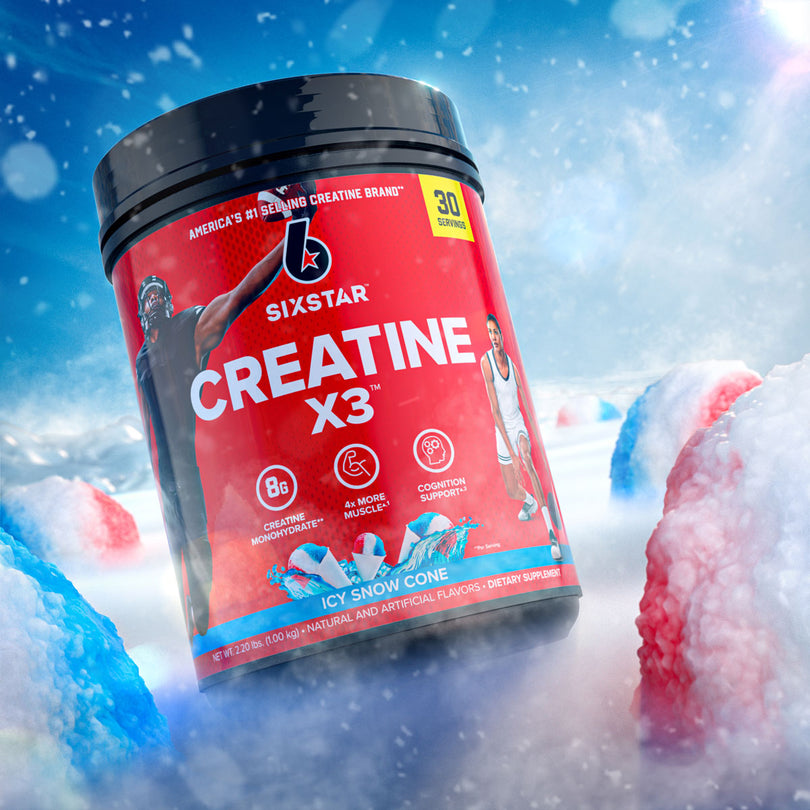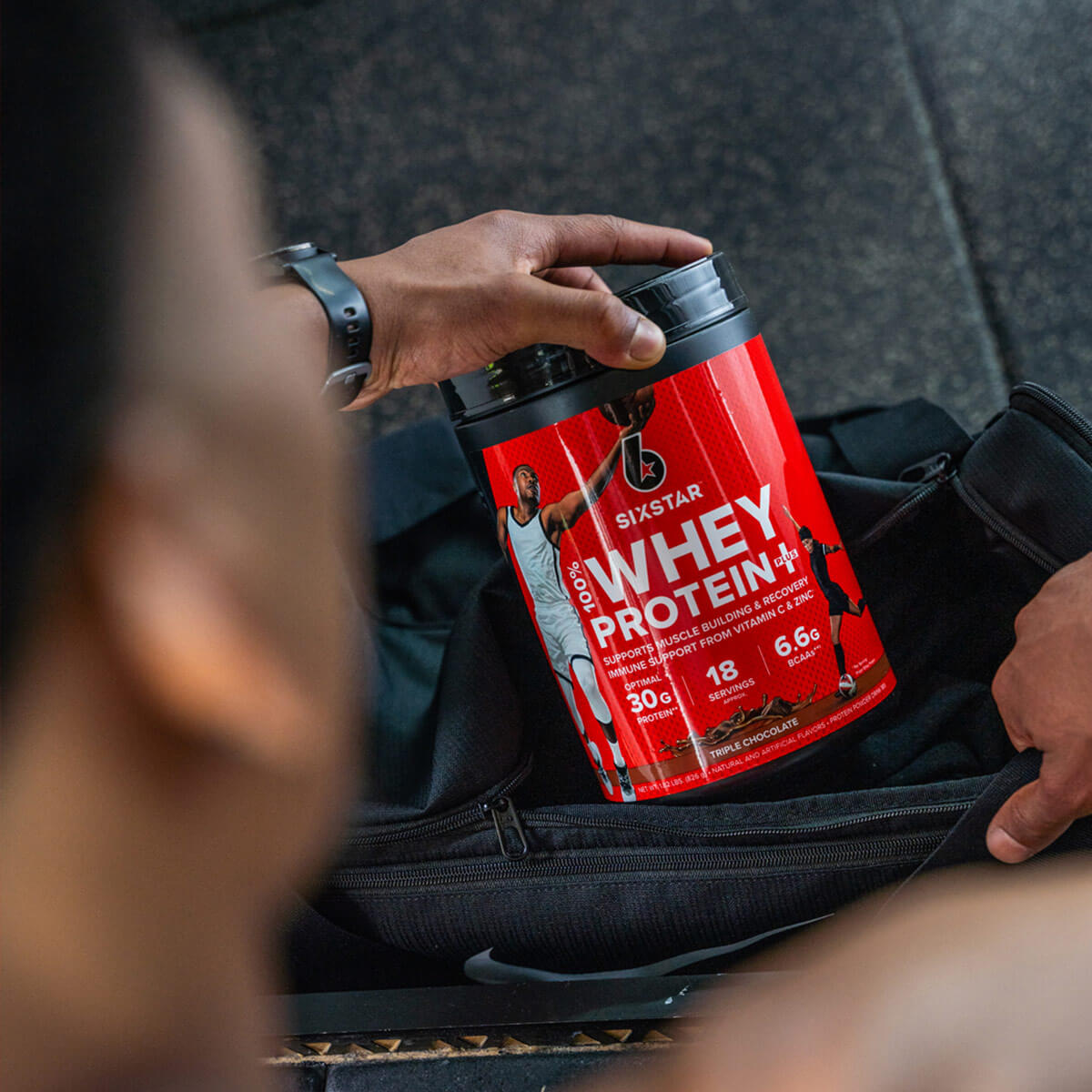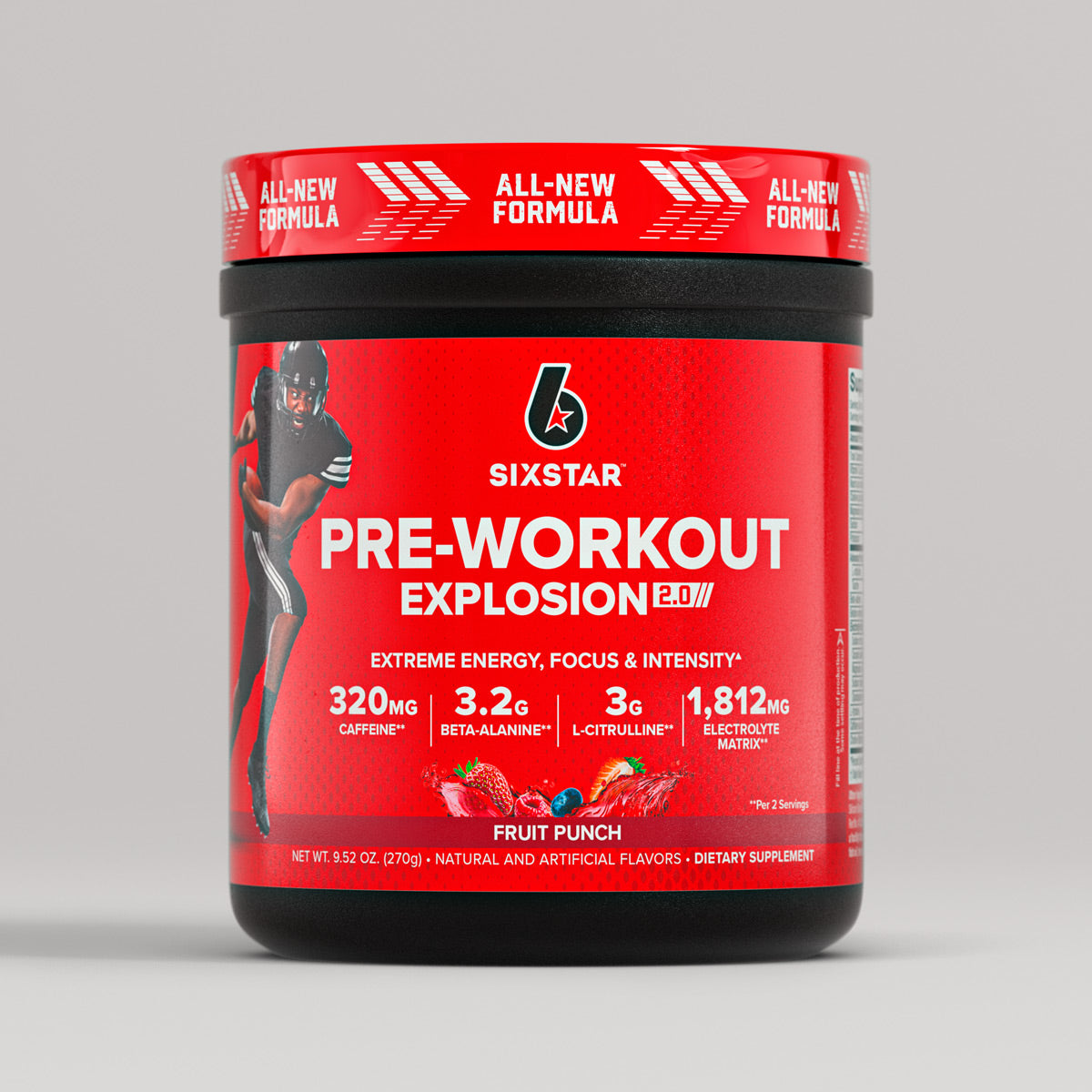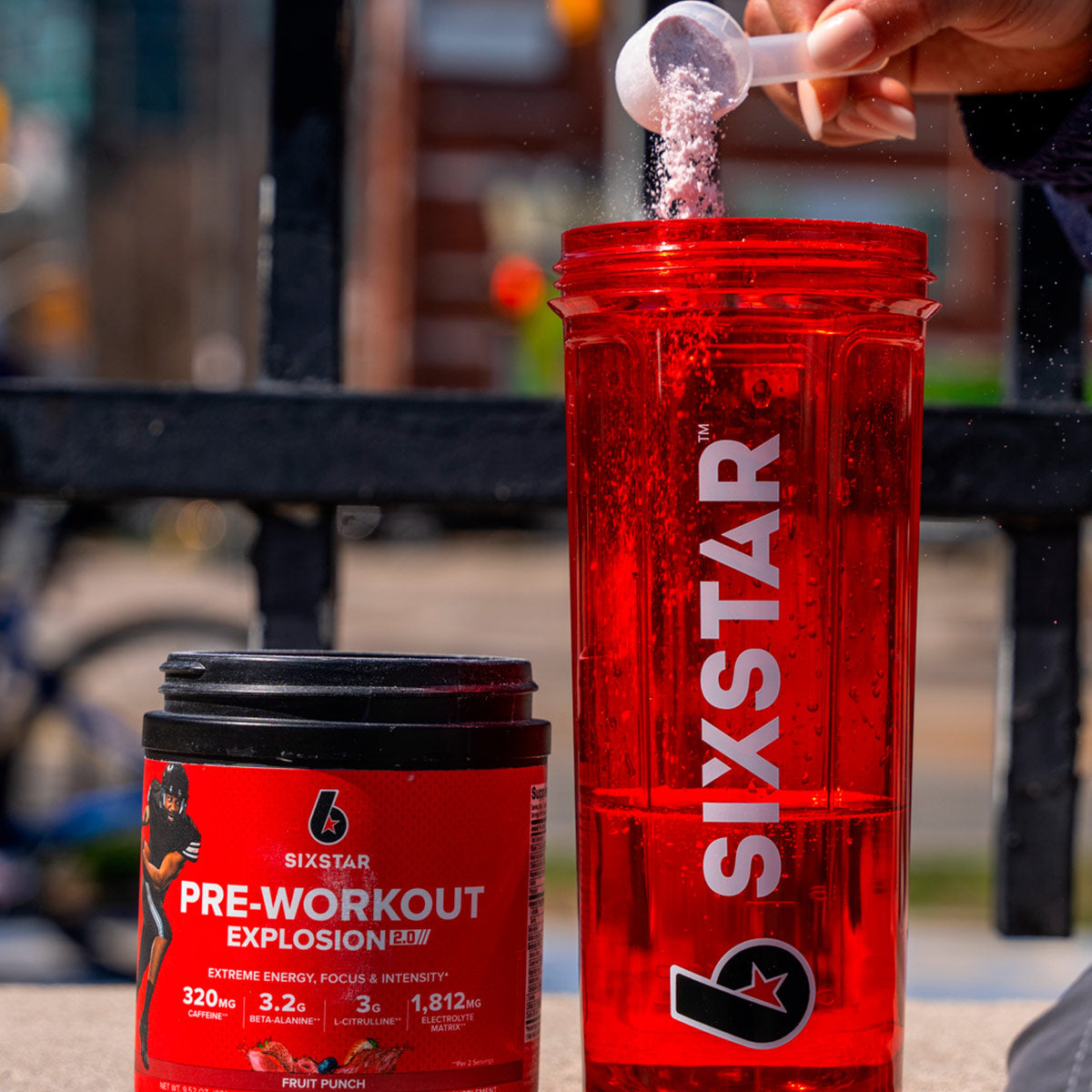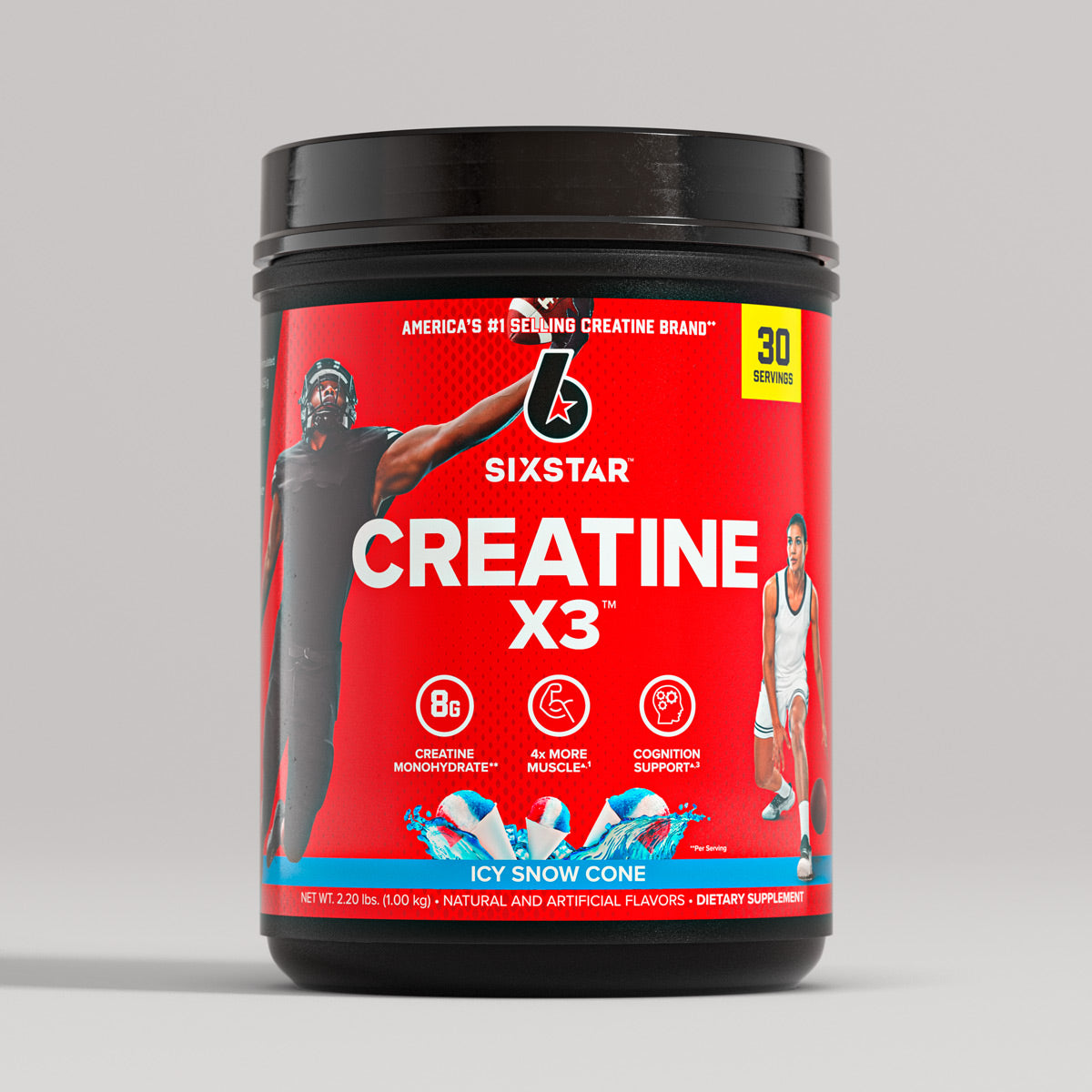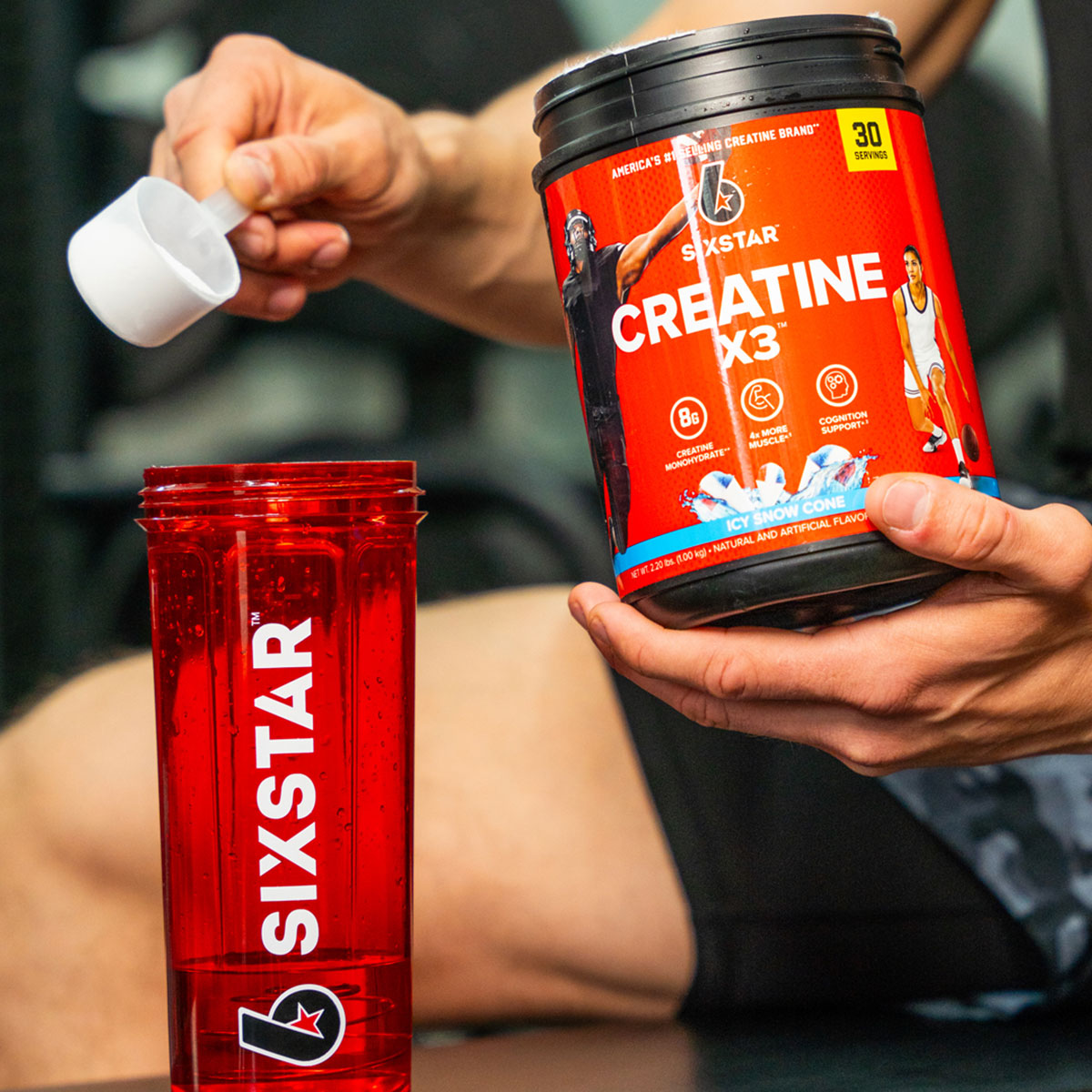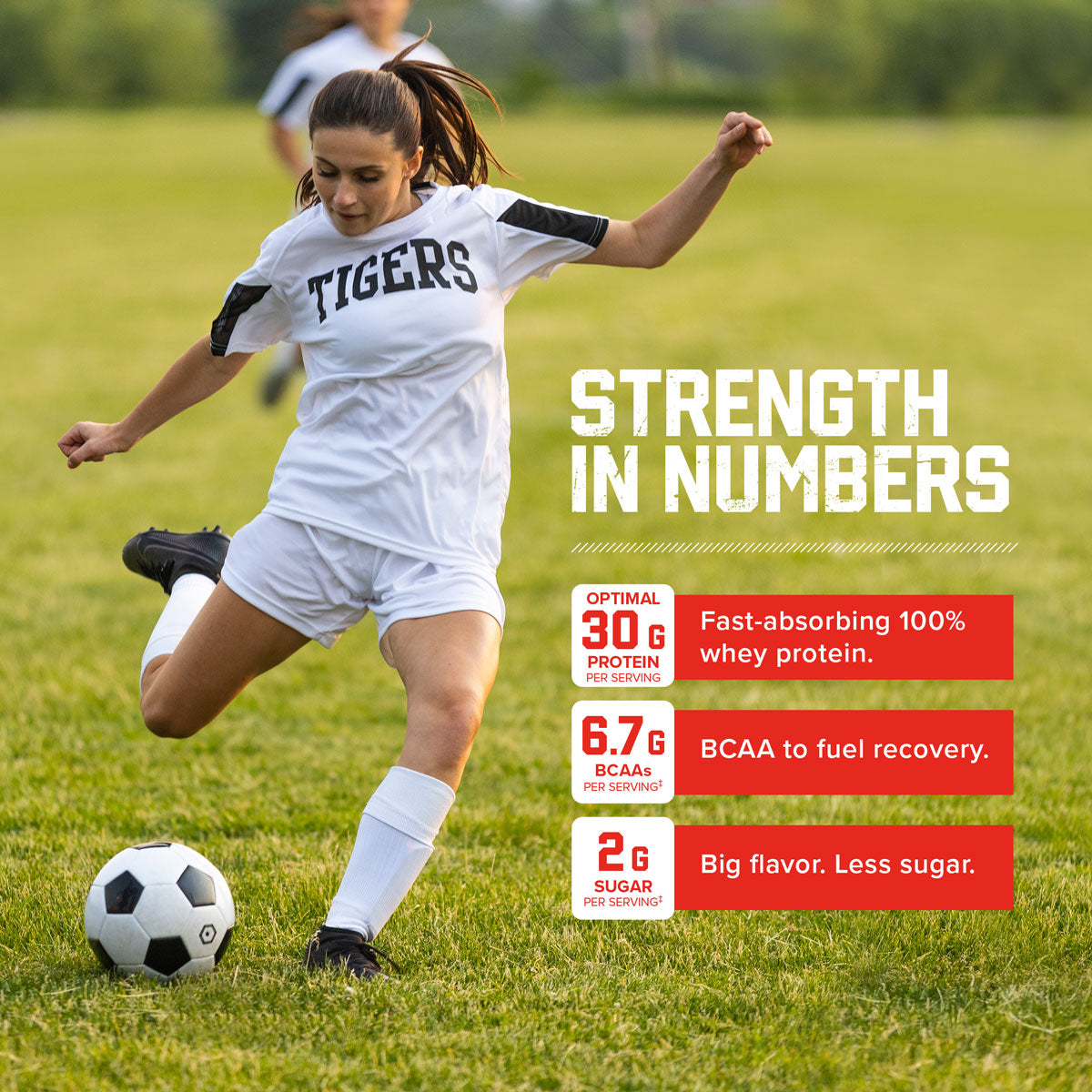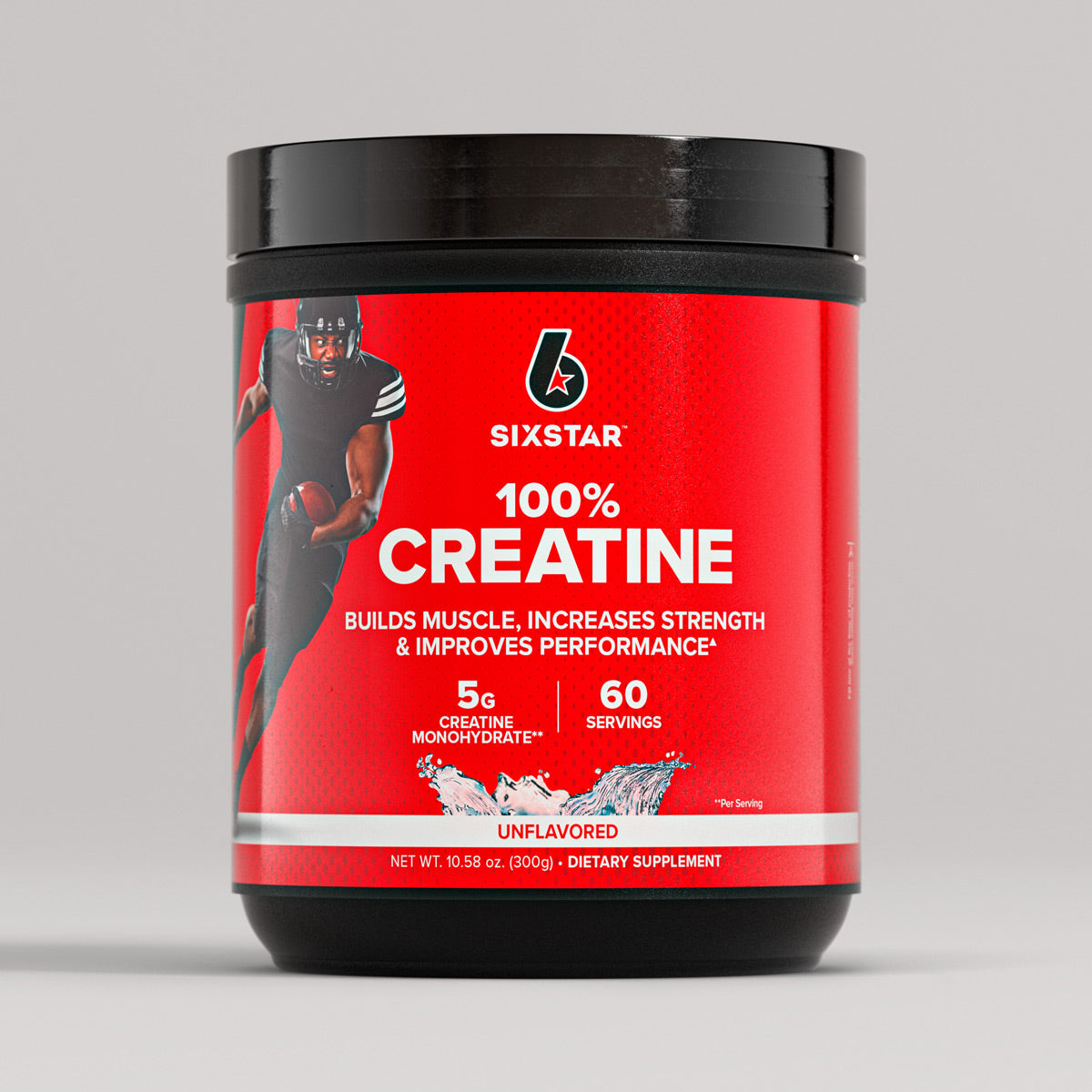In basketball, every position comes with specific responsibilities. For instance, power forwards are recognized for their rebounding prowess, while guards excel in ball-handling. By focusing on aspects such as ball control and building endurance, you'll elevate your game and increase your chances of WINNING the game.
Whether you're just starting out or an experienced player aiming to level up, this blog offers practical tips to boost your basketball skills, both physically and mentally. Use these insights to develop into the best player you can be.
Table of content
Tips to Get Better at Basketball
Improving your basketball game can be approached in countless ways. While some methods are more effective than others, players have been discovering and refining techniques to enhance their skills for over 75 years.
Below, we've compiled these tips into a detailed guide, offering additional descriptions and advice. We hope you find it helpful and that it contributes to your improvement on the court!
Also Read: Tabata Workout
1. Know the Game Rules
In basketball, mastering the rules is more than just an advantage—it's crucial. As you gear up and hit the court, having a thorough understanding of the game’s regulations is essential.
Basketball rules are intricate and comprehensive, designed to keep the game fair, enjoyable, and competitive. They provide a framework for how the game operates and guide you on how to maximize your contribution to your team’s success. Here’s a detailed overview of the fundamental rules:
Game Structure: In basketball, each game features two teams of five players. Professional games are divided into four 12-minute quarters, whereas high school and college games generally consist of two 20-minute halves.
Scoring: Points are earned by shooting the ball through the opponent’s hoop. A field goal, or basket made during play, is worth two points. Shots taken beyond the three-point line are worth three points. Free throws, awarded after a foul, are worth one point each.
Violations: Basketball includes specific actions that are deemed violations and can result in turnovers or penalties. Common violations are traveling (moving without dribbling), double dribble (dribbling with both hands or restarting dribbling), and carrying/palming (when the ball rests in the player's hand while dribbling).
Also Read: How to Get Better at American Football?
Fouls: Fouls are more serious breaches of the rules than violations, often linked to unsportsmanlike conduct. Personal fouls include blocking, charging, and holding, while technical fouls usually involve behavior that disrupts the game.
Jump Ball and Possession: A jump ball starts the game and is also used to resolve certain deadlocks. After the initial jump ball, possession is alternated in most leagues, ensuring each team gets an opportunity to control the ball.
Shot Clock: The shot clock (24 seconds in the NBA) limits the time a team has to attempt a shot after gaining possession. Failure to shoot within this time results in a turnover.
Grasping these fundamental rules is crucial for playing and appreciating basketball. Understanding these regulations helps players navigate the court more strategically, make informed decisions, and excel in the game. Mastery of these rules is the first step towards not just participating in basketball, but truly immersing yourself in it.
Also Read: How to Get Better at Pushups?
2. Master the Skills
A strong foundation is essential for any basketball player. Beginners should prioritize mastering the core skills of basketball, often referred to as the "core four": shooting, passing, dribbling, and defense. Here’s a closer look at each fundamental skill and why it’s crucial to your development on the court:
Shooting: Shooting is crucial for scoring points and requires attention to several key elements:
Form: Proper shooting form includes a good grip on the ball, correct alignment, full arm extension, and a consistent follow-through. The acronym “B.E.E.F.” stands for Balance, Elbows, Eyes, and Follow-through, which are the foundations of effective shooting form.
Technique: Focus on body positioning, foot alignment, the use of your shooting and guide hands, and the release of the ball.
Practice: Regular practice will enhance your accuracy, extend your shooting range, and improve your performance under pressure.
Passing: As a team sport, basketball relies heavily on effective passing. Key aspects include:
Types of Passes: Learn and master various passes such as the chest pass, bounce pass, and overhead pass. Each type is suited for different situations.
Accuracy: Aim to deliver the ball precisely to ensure your teammate can receive it in an optimal position.
Decision-making: Good passing involves knowing when and which type of pass to use, based on the game situation.
Dribbling: Dribbling is essential for advancing the ball and requires:
Control: Practice dribbling at different speeds and directions while maintaining control.
Technique: Use a low stance, stay on your toes, and dribble with your fingertips rather than your palm.
Both Hands: Develop proficiency in dribbling with both hands to enhance your versatility on the court.
Defense: A strong defense is critical for stopping opponents and can significantly impact the game. Focus on:
Stance: Maintain a defensive stance with bent knees, a straight back, and stay on your toes for quick movements.
Awareness: Keep track of both the ball and your opponent to react effectively.
Footwork: Improve your defensive footwork with lateral and backward movements, supported by agility drills.
By dedicating time to practice these core skills, you will build a solid foundation that will greatly improve your performance. Every great basketball player starts with these basics—the journey to success begins here.
Also Read: Wrist Strengthen Exercises that Work
3. Learn the Art of Movements
Mastering the fundamental components of movement—flexibility, strength, posture, balance, and agility—is crucial for optimizing your basketball performance. While these elements might seem basic, improving them can significantly enhance your overall movement patterns on the court. Here’s why each component is essential:
Flexibility: Enhanced flexibility allows for greater joint mobility and reduces the risk of injury. For basketball players, particularly, focusing on flexibility in the muscles around the ankle can help prevent common injuries like sprains, given the sport's high demand on ankle stability.
Strength: Strength training is vital for all athletes, but basketball players should especially target their legs. Increased leg strength boosts your vertical jump and enhances your ability to absorb impact during landings, improving overall performance and durability.
Posture: Maintaining good posture is beneficial for your game. It helps alleviate pressure on the spinal joints, whereas poor posture can place undue stress on your back and diminish your performance and comfort on the court.
Balance: Balance, coupled with core stability, is crucial for maintaining control during dynamic movements, such as boxing out or rebounding. Good balance allows you to stay grounded and react effectively in challenging situations.
Agility: Agility is the ability to swiftly change speed or direction, which is critical in basketball where rapid adjustments are frequent. Improving your agility helps you perform these movements safely and efficiently, making a noticeable difference in your game.
Focusing on these fundamental aspects of movement will provide a solid foundation for high-quality performance and injury prevention in basketball.
Also Read: Full Body Warmup Exercises
4. Improve your Fitness
Basketball is a high-intensity sport that demands exceptional physical stamina and agility. Even the best basketball skills can be undermined by poor fitness, so focusing on these key areas can significantly enhance your overall performance on the court:
Cardiovascular Fitness: Basketball players are constantly moving, making cardiovascular fitness crucial for sustaining energy throughout the game.
To boost your cardiovascular fitness:
- Engage in regular aerobic exercises such as running, swimming, cycling, or high-intensity interval training (HIIT).
- Aim for at least 150 minutes of moderate-intensity aerobic activity or 75 minutes of vigorous activity each week.
Strength Training: Strength is vital for powerful shooting, effective defense, and overall resilience on the court. Enhance your strength by:
- Incorporating strength training into your routine at least twice a week.
- Focusing on compound movements like squats, lunges, push-ups, and pull-ups.
- Using resistance bands or weights to build muscle strength and endurance.
Flexibility and Agility: Flexibility and agility are essential for quick direction changes, dodging defenders, and reaching for the ball. Improve these areas by:
- Stretching regularly to increase your range of motion.
- Adding agility drills such as ladder drills, shuttle runs, and zig-zags into your training routine.
Nutritional Habits: Proper nutrition is key to fueling your body, aiding recovery, and maintaining peak performance. For optimal results:
- Ensure your diet includes a balanced mix of carbohydrates, protein, and healthy fats.
- Stay hydrated to keep your energy levels high and support recovery.
- Avoid processed and junk foods that can negatively impact your performance and overall health.
Rest & Recovery: Adequate rest is crucial for muscle recovery and maintaining peak performance.To support your recovery:
- Aim for 7-9 hours of quality sleep each night.
- Include rest days in your training schedule to allow your body time to recover.
- Basketball requires a combination of speed, strength, stamina, and flexibility. By focusing on these areas, you’ll improve your physical fitness and enhance your performance on the court. Consistency is key—continue pushing your limits, and you’ll soon see significant improvements in your game.
- Also Read: Soccer Conditioning Drills
5. Motivate Yourself
Basketball, like any sport, requires a strong mental game just as much as physical skill. To develop a winning mindset and maintain motivation, consider these key strategies:
- Embrace a Growth Mindset: Believe that your abilities can improve with dedication and practice. Understand that making mistakes is part of the learning process, not a reflection of your potential. Accept that you’re a beginner, and growth takes time.
- Set Realistic Goals: Establish achievable goals to guide your training and provide motivation. Whether it’s dribbling without looking at the ball or making ten consecutive free throws, these small wins give you a sense of progress and keep you focused.
- Celebrate Your Progress: Acknowledge your improvements, no matter how minor they may seem. The goal isn’t just to be the best but to be better than you were yesterday. Small achievements build confidence and push you forward.
- Visualize Success: Visualization is a powerful mental tool used by top athletes. Picture yourself making a perfect pass or sinking that game-winning shot. This mental practice boosts confidence and translates into improved on-court performance.
- Maintain Positivity: Keep a positive attitude both on and off the court. Recognize that setbacks are temporary and part of the journey toward mastery. Staying optimistic will help you overcome challenges and maintain your focus on long-term growth.
By focusing on mental preparation, you can enhance your overall performance, stay motivated, and continuously improve as a player.
Also Read: Baseball Workouts at Home
6. Focus on Rest and Recovery
Getting enough rest is crucial for improving your performance on the court. Not only do practices and games deplete your energy, but frequent travel can also disrupt your sleep schedule, making recovery even more important.
Think of rest and recovery as essential tools that enhance your game off the court. Here are some practical steps to help your body recover more effectively:
- Aim for at least eight hours of uninterrupted sleep each night.
- Stay hydrated with water and non-sugary beverages.
- Maintain a well-balanced, nutritious diet to fuel recovery.
- Consider getting a sports massage to relieve muscle tension.
- Incorporate flexibility exercises and foam rolling into your routine.
- Practice guided meditation and relaxation techniques to reduce stress.
By prioritizing recovery, you’ll ensure your body is ready to perform at its best when it matters most.
Also Read: How to Become More Athletic?
The Bottom Line
Learning is an ongoing journey. Being skilled doesn't mean you've reached your limit—there's always more to learn. Focus on sharpening your strengths while consistently working on your weaknesses.
Take responsibility for your growth and avoid placing blame on your coach or teammates when things don’t go your way.
With dedication and persistence, you'll continue evolving into the best version of yourself. Surround yourself with a support system, commit to constant improvement, and always give your full effort.

